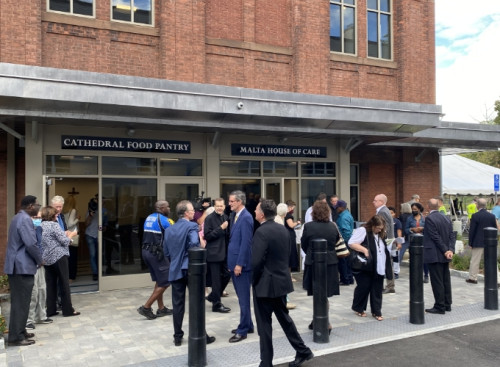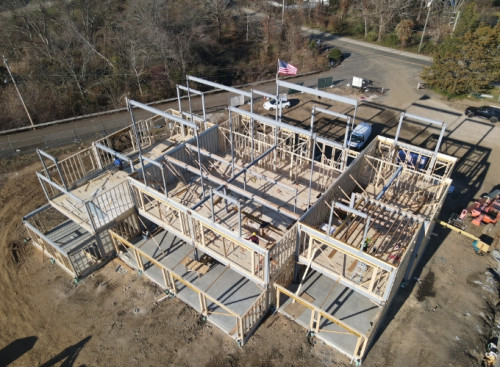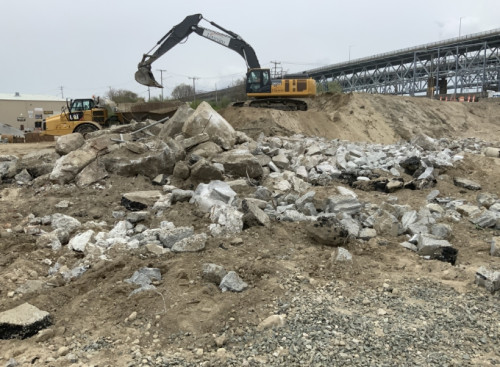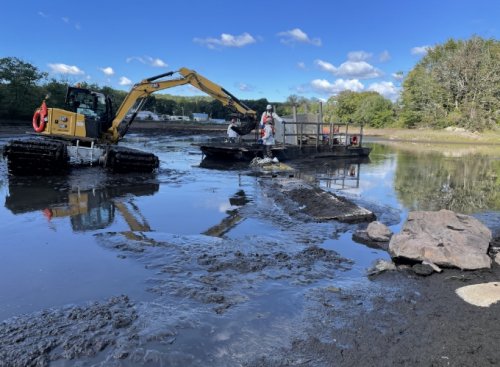MORE Integrated Solutions.
We take a fresh approach to problem solving. With a team of in-house technical experts to cover all our bases, we challenge traditional industry models in search of winning – and often unexpected – solutions. This means helping clients see challenges from a different angle – usually one that minimizes cost and headache. Our clients trust us to steer them in the right and best direction – which has led to some pretty impressive results.






